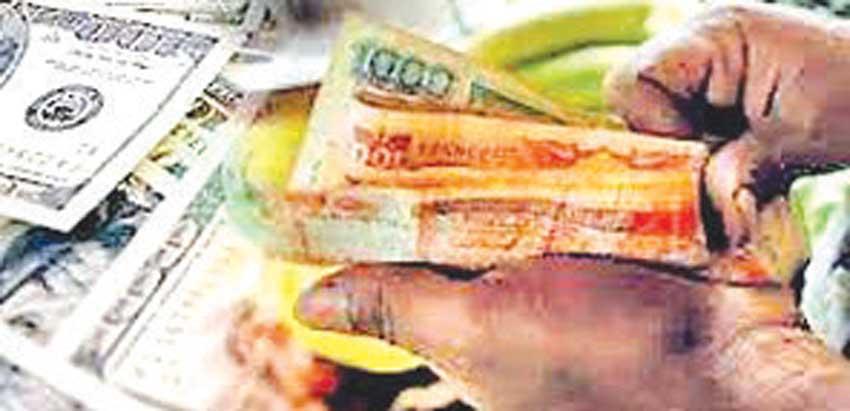Reply To:
Name - Reply Comment

Remittance income from Sri Lankan migrant workers slumped for the third consecutive month in August, extending the year-on-year decline set off in June this year, a trend which is partly associated with the levelling off of the pace of growth continued for little over a year, and the re-emergence of grey market operations.
According to the latest data released by the Central Bank, the remittance income for August was recorded at US$ 446.6 million compared to US$ 664.5 million received in the same month in 2020. This marked a sharp 32.8 percent fall between the two periods.
Sri Lankans working abroad had been sending more of their earnings to support their families and others at home affected by the pandemic induced restrictions, using mostly the formal banking channels when the operations of informal money changers got disrupted. With August income, Sri Lanka recorded a cumulative eight-month remittance income of US$ 4,224.3 million, which is a 2.8 percent decline compared to the same period in 2020, marking the first decline in cumulative remittances for
this year. After a 13-month run of higher remittance earnings since May last year, authorities started seeing the first cracks in such receipts from around June this year, largely suspected of the re-emergence of the grey market which converts foreign exchange at substantially higher rates to that of the official rates offered by banking channels.
The worrisome decline is also believed to have been caused by the uncertainty in the domestic foreign exchange market, prompting some migrants to take a wait-and-see approach to repatriating their money, seeking to cash in from the further depreciation of the rupee.
These uncertainties are said to have been exacerbated by the recent fixing of the rupee/dollar exchange rate at between Rs.200/Rs.203 through an administrative remit at a time when the dollar is being sold at least 15 percent higher from that level to the importers by banks.
The recent trend in remittances which until May had been the only bright spot in Sri Lanka’s external sector could prompt the authorities to reassess the measures already taken to dispel the concerns and provide an easy passage to the key foreign income flow when all else with the exception of merchandise exports have come to a virtual standstill due to the pandemic.
The new Central Bank Governor Ajith Nivard Cabraal is expected to soon unveil a much-anticipated economic stabilisation framework providing important cues to market participants, rebuilding confidence on the economy repeatedly battered by pandemic-induced restrictions.
Sri Lankan authorities expect to receive US$ 7.5 billion from worker remittances in 2021, up from US$ 7.1 billion in 2020, which was a four-year high.